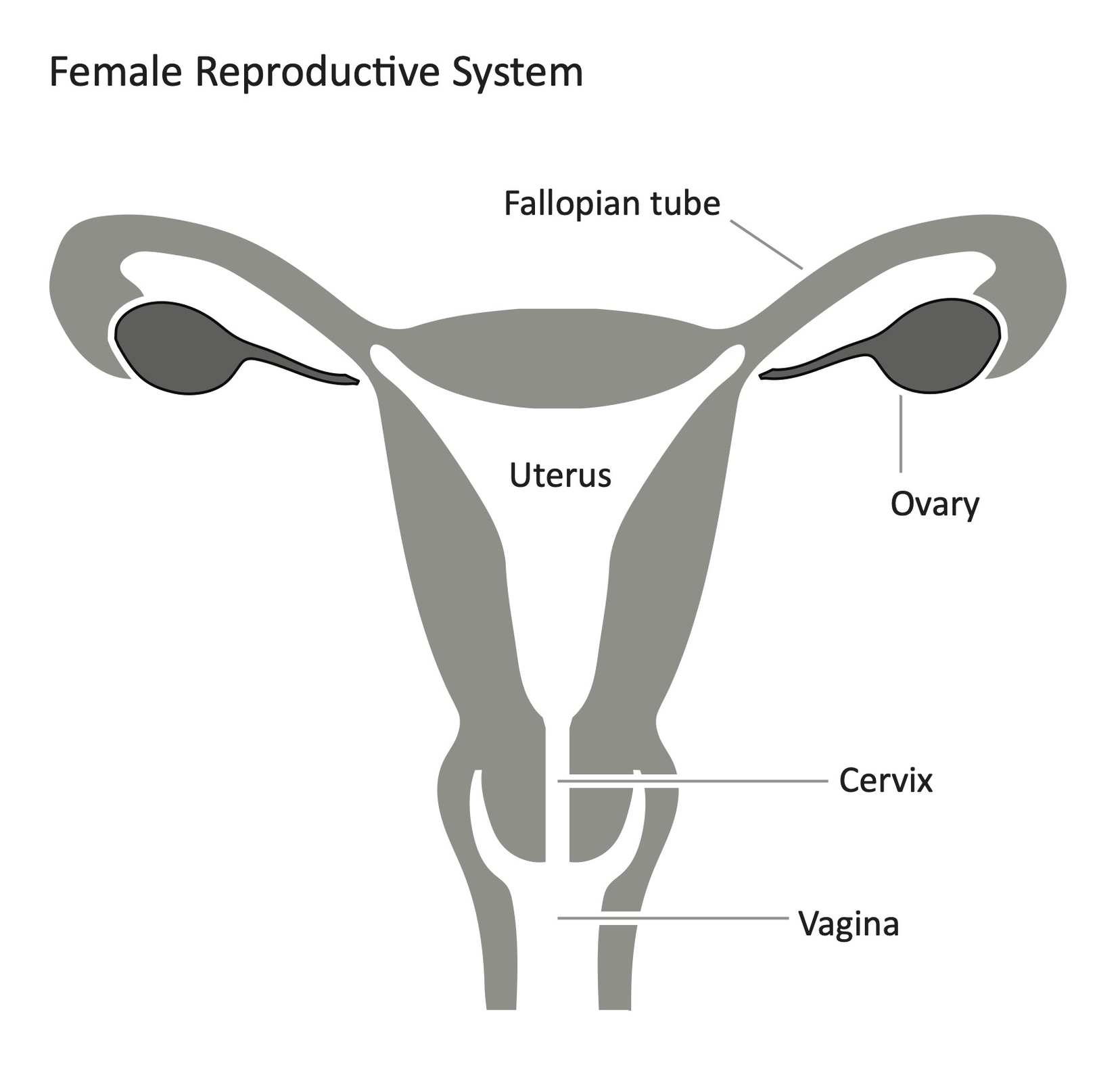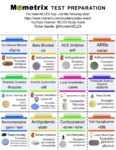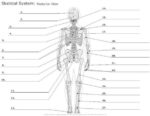The female reproductive system is a complex and intricate structure that plays a crucial role in sexual pleasure, reproduction, and menstruation. It consists of both internal and external organs, each with its specific function.
External Female Anatomy
The external female anatomy, collectively referred to as the vulva, includes:
1. Mons Pubis: The rounded, fleshy area on the front of the pelvic bone where pubic hair usually grows.
2. Labia Majora: The fleshy outer folds of protective skin located on each side of the vaginal opening. They cover and protect the more delicate external genital organs.
3. Labia Minora: The skinfolds that are just inside the labia majora. In some people, the labia minora extends past the labia majora.
4. Clitoris: A small, sensitive protrusion that sits at the top of the vulva, above the urethral opening. A fold of skin called the clitoral hood covers most of the clitoris, leaving only the tip visible.
5. Urethral Opening: The hole from which urine is expelled from the body.
Internal Female Anatomy
The internal female anatomy includes:
1. Vagina: A muscular canal that joins the cervix (the lower part of the uterus) to the outside of the body. It can widen to accommodate a baby during delivery and then shrink back to hold something narrow like a tampon.
2. Cervix: The lowest part of the uterus. A hole in the middle allows sperm to enter and menstrual blood to exit.
3. Uterus: A hollow, pear-shaped organ that nourishes and houses the fertilized egg until the baby is ready to be born.
4. Ovaries: Two almond-shaped organs that produce eggs and hormones.
5. Fallopian Tubes: These tubes transport the eggs from the ovaries to the uterus.
The female reproductive system is not only responsible for reproduction but also for producing sex hormones that maintain the reproductive cycle. During each cycle, an egg is released from one ovary in a process known as ovulation. The egg travels from the ovary through a Fallopian tube to the uterus. If the egg is fertilized by sperm, it attaches to the uterus’s wall and begins to grow into a baby. If the egg is not fertilized, it leaves the body during the woman’s monthly period along with the lining of the uterus.
The female reproductive system is a marvel of nature and a crucial component of human life. Understanding its structure and function is essential for understanding human reproduction and sexual health. It’s important to note that some people are born with internal or external structures that are ambiguous or characteristic of both male and female anatomy. The term “female” is used here to refer to people who were born with reproductive organs typical of biological females..



